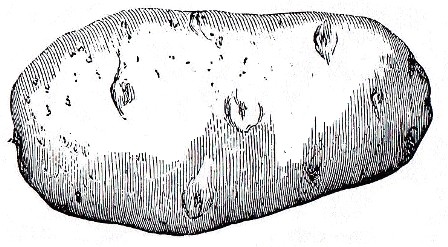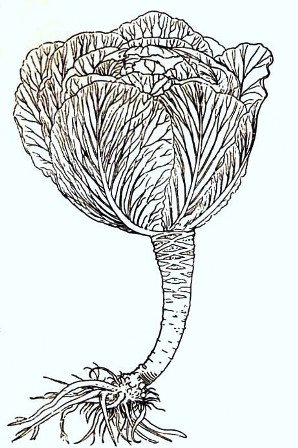Rumbledethumps
Rumbledethumps. This dish of cabbage and potatoes pairs well with Beef Guinness; it also is handy for sopping up the thinnish if not quite modelesque sauce. There are lots of variations on this recipe too.
 savoy cabbage, trimmed and sliced into ribbons
savoy cabbage, trimmed and sliced into ribbons- water or chicken stock
- an equal amount of potatoes, peeled and cut into chunks for boiling
- a small onion diced fine
- unsalted butter to taste in proportion to the amount of cabbage and potatoes
- scallions ("spring onions") to taste, separated into white and green portions and sliced fine
- chives if you have them
- chopped parsley to taste
- a little milk
- white pepper and salt
- shredded sharp cheese to cover (Dunlop keeps things Scottish; Cheddar, whether English or Vermont, is easier to find and at least as good)
Preheat oven to 375°.
1. Braise the cabbage on fierce heat in as little water or stock as possible until barely tender.
2. Boil the potatoes in salted water.
3. Mash the potatoes with some butter and milk (not nearly as much as you would use for mashed potatoes) and combine with the cabbage in a buttered ovenproof dish.
4. Meanwhile sweat the onion and white parts of the scallions in about 2 Tablespoons of butter until they soften but do not color. Once the onions clear, add them to the dish.
5. Add the remaining scallions, chives and parsley to the dish, season with white pepper and salt and mix everything together.
6. Top with the cheese and bake until the cheese bubbles and shows hints of brown.
Notes : 
-The first time The Editor encountered rumbledethumps was at the dining room of the Station Hotel in Dumfries, Scotland, during the 1980s, which is fitting: According to Traditional British Cooking , (Celine Hughes, ed.; New York 2007), the dish is indigenous to the Scottish Borders. The menu at the Station was entirely and authentically Scottish. Everything was good, including queen scallops with their coral and a starter of haggis on toast.
-Rumbledethumps make an appearance in Blackwood’s Edinburgh Magazine, the great literary journal of Georgian and Regency Scotland:
“Take a peck of purtatoes, and put them into a boyne [a shallow dish or tub]--at them with a beetle [mallet]--a dab of butter--the beetle again--anither dab--then cabbage--purtato--beetle and dab--saut [salt] meanwhile--and a shake o’ common black pepper--feenally, cabbage and purtato throughither--pree [taste], and you’ll find ‘em decent rumbledethumps.” “Noctes Ambrosianae,” Blackwood’s (October 1825).
-The term itself apparently is what it sounds like, a union of ‘rumble’ with ‘thump:’ According to the Oxford English Dictionary , to rumble is archaic usage for mashing or scrambling a food; thump is self-explanatory.
-Variations on rumbledethumps include kaikenny from Aberdeenshire, Irish champ, colcannon and stelk, Scottish clapshot and Welsh punchnep.
-To make kaikenny, use cream instead of butter.
-To make champ or skelk, simmer chopped scallions in milk for a few minutes, mash the mixture with cooked and peeled potatoes, season with salt and pepper and add generous dollops of butter.
-Colcannon is a mixture of equal parts kale or cabbage and potatoes thinned with a little milk, then seasoned and buttered like champ. Clapshot is colcannon substituting mashed yellow turnip for the greens and is traditional fare with haggis. Punchnep is clapshot made with white instead of yellow turnips.

